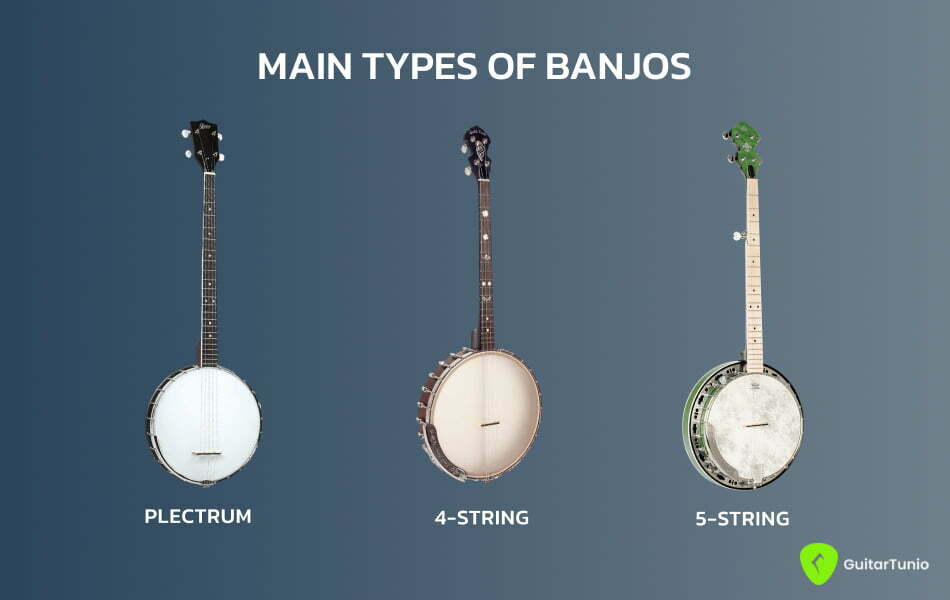Before you begin playing the banjo, you should learn about all of these fundamental factors in order to better understand which types of banjos would suit your preferences and requirements. You can use the information in today’s post as a guide while trying to choose a banjo.
Contents
What to look for when buying a banjo
When searching for a new banjo, you’re probably paying close attention to banjo brands that make high-quality instruments, particular models that are available, and reviews that other people have left. But before you make any purchases, have a short look at our manual to learn some fundamental banjo shopping advice.
Set a budget
Banjos can range in price from a few hundred dollars to several thousand dollars. Determine how much you’re willing to spend before you start shopping to avoid overspending.
Number of strings
The variable number of strings that are available on a banjo not only expands your note range but also distinguishes the many musical genres you can play on it. Different banjos with different numbers of strings are associated with different musical genres. Although four-string banjos up to 12-string banjos are also offered on the market, five-string banjos are the most popular. This is also the most popular choice among new banjo players. There is a five-string banjo for every musical style because they are available on both resonator and open back banjos.

Tone
Different banjos produce different tones. An open-back banjo has no back cover, which creates an open sound chamber. This is a classic banjo design, which produces a low-volume, mellow sound perfect for traditional mountain-style. A closed-back banjo has a wooden resonator covering the sound chamber which projects sound toward an audience. Resonator banjos sound bright and twangy, and are the preferred choice for bluegrass players.

If you’re playing the banjo for fun, and you are not exactly certain what type of genre you’re looking to play, an open back banjo makes a great beginner’s instrument.
Material
As a beginner banjo player, all you need to focus on is the different types of material that go into creating your banjo. The choice of material can affect the sound, weight, and overall feel of the banjo
Wood: The most common material for banjo construction is wood. High-quality banjos are often made from hardwoods like mahogany, maple, or rosewood. Different woods produce different tones, so the type of wood used can affect the sound of the banjo
Metal: Some banjos, particularly those used in bluegrass music, have a metal tone ring that sits on top of the drumhead. This metal ring is typically made of brass or steel and can give the banjo a bright, resonant sound.
Plastic: Lower-end banjos may have a plastic tone ring or a plastic drumhead. These materials are less expensive than wood or metal but may not produce the same quality of sound.
Brand
You’ve probably come to this article looking for the best brand of banjo, but the answer to that question isn’t very simple. If you’re a beginner and are really open-minded into what you’re looking for in an instrument, you have unlimited options in the market. Look for a brand that is well-known and has a good reputation for producing high-quality instruments. Some of the most popular banjo brands include Deering, Gibson, and Gold Tone. Choose the brand banjo you like.

Conclusion
When purchasing your first banjo, be sure to choose one that is easy to play and comfortable to handle. It must be correctly tuned and tuned all the way up the neck. Most music stores will attempt to be helpful and give you good advice, but it’s great if you know a little bit about guitars or banjos so you can check the banjo you want.
